“Tighten The bolt” – is arguably the most common word for people working at a mechanical garage or even for hobbyists. Any expert will tell you the most useful tool for the job is a Torque wrench.
Such a simple tool it is, yet it can look complicated to a newcomer. This article is specifically about how a torque wrench works and the benefits of a torque wrench.
One might argue on it because there are quite a few alternatives available such as Adjustable wrenches, combination wrenches, ratchet wrenches, and so forth. 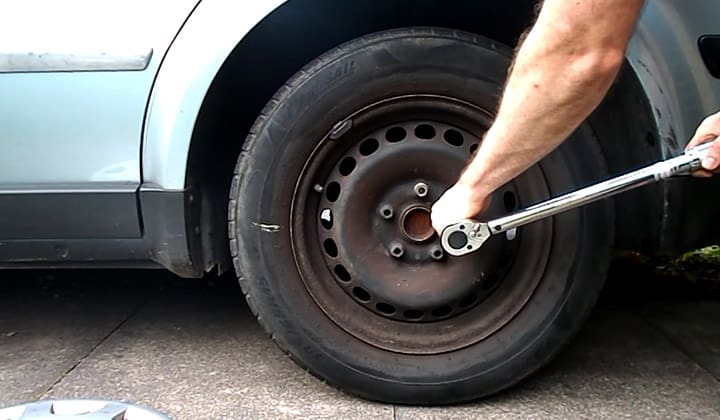
Some of them are pretty simple; some are slightly complicated. All of them have benefits and drawbacks.
A torque wrench is a specialty tool used to tighten or loosen nuts/bolts. The tool itself is not very versatile because it is built for some specific purpose.
You can use it otherwise, but it really shines in its intended situations, which is controlling the torque on bolts very precisely.
Though the tool is easily overlooked, a torque wrench is one of the best options for you. That’s my opinion. Why? Here’s why…
In this post we'll cover:
What Is A Torque Wrench?
A torque wrench is a kind of wrench that applies a specific amount of torque while tightening a bolt. The amount of torque can be set manually before an operation.
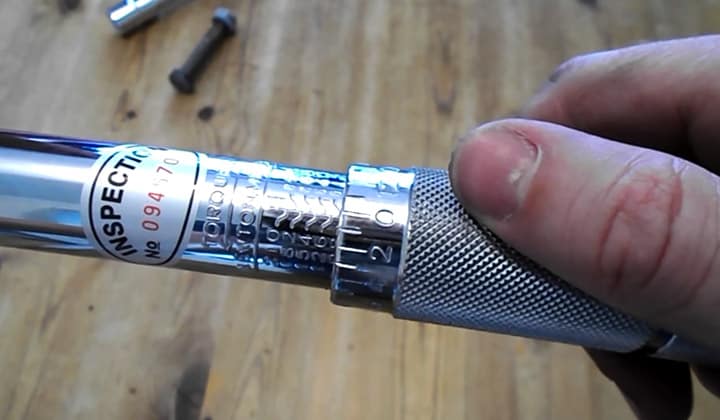
What is Torque?
Torque is the rotational equivalent of force that makes something rotate. In our case, it’s the bolt that rotates. A higher amount of torque will make a bolt rotate much more and make it… well, tighter.
But that’s a good thing, right? Yes, and no. Obviously, you want your bolts tightened so that they don’t come out. But over-tightening will come with its own complexity.
Hence arises the necessity of applying a nearly precise amount of force. And A torque wrench is just the tool for the job. There are many types of torque wrenches, such as:
- Clicker-Type
- Dial Indicator Type
- Electronic Torque Wrenches
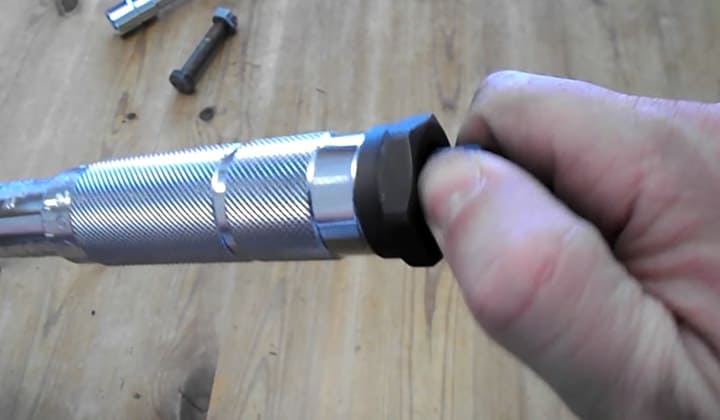
How Does A Torque Wrench Work?
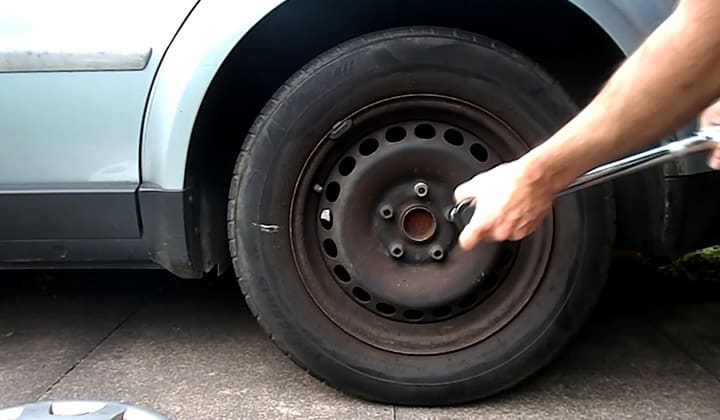
Clicker Torque Wrenches
Inside of a clicker torque wrench, there is a spring that is rested with a small amount of pressure. The pressure is just enough so that the spring does not move. This spring is what creates and controls the amount of torque delivered.
One end of the spring is attached to the head/drive of the wrench, and the other end attaches to a knob that can be twisted in and out. There are markings, both on the twisting knob and the wrench body. By adjusting the reading, you can create a precise amount of pressure on the spring.
When you tighten the nuts or bolts, as long as the force/torque on the bolt is lower than the spring pressure, it will tighten the bolt. But when it is not, the wrench will automatically stop applying pressure and make a “click” sound instead. That indicates that your desired torque is achieved. Thus, the name “clicker wrench.”
Dial Indicator Wrenches
Dial indicator torque wrenches are both simpler and more complicated to work with, compared to a clicker wrench. The functionality of this type of wrenches is quite simple. There is a dialer/gauge near the handle, which indicates the amount of torque being applied.
There is no pre-programming function. You simply add the socket on your wrench and get to work. While you are applying pressure, you will see the indicator moving. There is no auto-stopping either. You simply have to observe and stop when you achieve your desired torque.
Electric Torque Wrenches
This type of torque wrenches is by far the simplest type to get used to and is easy to understand even when you are a complete newbie. They can be battery operated or corded to directly run by the electricity.
In order to get an electrical torque wrench to work, check the settings after powering it on, whether it is set on the correct unit, and rotation or not. Then you need to set the amount of torque, put the wrench on the spot, and press the trigger. Can’t get any simpler, really.
When the operation is done, the machine will stop, and some sort of indicator will go off, like an LED or on-screen indicator. And with that, you are ready for the next one.
Why You Should Use A Torque Wrench?
Nuts and bolts are made out of steel. Granted, they are hard as… you know, steel. But not the grooves. They are relatively more sensitive and delicate. You squeeze the nut too hard and might end up ruining them.
That’s never a good thing. But When you don’t squeeze it hard enough, it might come off—no need to tell why that would be bad.
It is possible to get the job done with a genuine wrench and proper practice. But a torque wrench is almost like a freebie. When you use one, you do not need to worry about anything else.
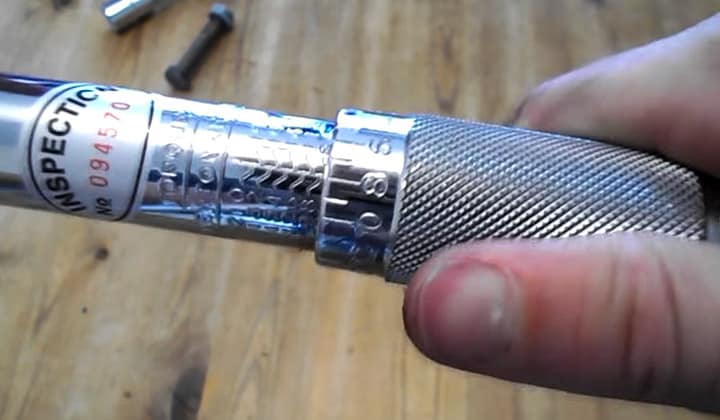
Benefits Of Using A Torque Wrench
Okay, we explored, what is a torque wrench, and how it works. But why should you choose it over other types of wrenches, say adjustable wrenches?
- A torque wrench can control the force applied on the bolt precisely. Thus, you will never need to worry about over-tightening anything. Overtightening a bolt can ruin the nut or bolt and can lead to a pretty bad situation.
- Similar to over-tightening protection, you are also safe from leaving the bolt too loose. It doesn’t need any explanation why that’d be bad, right?
- Most torque wrenches are pretty slim and handy for a wide range of situations.
- Since the socket of a torque wrench is of the precise size of the bolts, you don’t run the risk of accidentally wearing down the edges and rendering the nut/bolt useless. This is especially true for adjustable wrenches.
Drawbacks Of A Torque Wrench
Along with the advantages, these devices have a few drawbacks as well. Although not major issues but, it is a good idea to know them anyway.
- Some types of torque wrenches are slightly bulky and thus not be appropriate for all situations. For example, using a dial-based wrench is not the best pick for working under your car.
- When the space is really tight, other kinds of wrenches will serve you better, thanks to their relatively slim structure compared to most torque wrenches.
- It could be a bit of a pain to fix it, should it be damaged.
Final Words
Just like other wrenches, for example- pipe wrench and monkey wrench, torque wrenches have their pros and cons. This tool is a specialty tool, after all. Not everywhere shall it shine, nor will one item serve you equally in all the situations where a torque wrench is needed. That’s why many models of torque wrench exist. You should experiment with items.
This tool is a great addition to the wonderful tool bag that you use to carry your tools. In some cases, you can easily use it as a regular wrench. The operations of some models can be a tad bit complicated, thus paying good attention to the manual is suggestible, especially while working with an electric-powered model.
I'm Joost Nusselder, the founder of Tools Doctor, content marketer, and dad. I love trying out new equipment, and together with my team I've been creating in-depth blog articles since 2016 to help loyal readers with tools & crafting tips.
